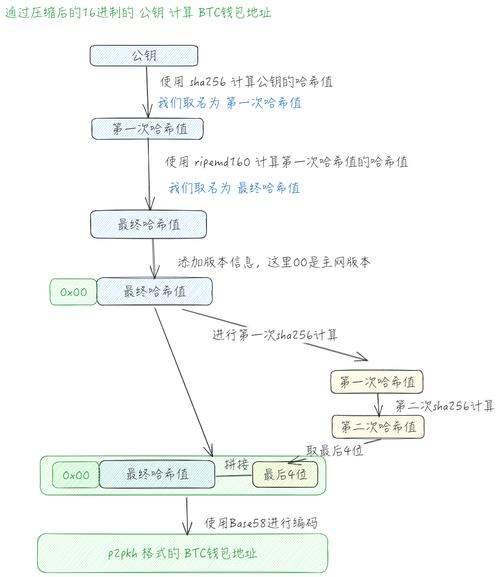Current Bitcoin Circulation Statistics, Supply Insights
In this article, we will explore the current statistics surrounding the circulation of Bitcoins, offering insights into its supply and the mechanisms that determine its availability in the market.
In this article, we will explore the current statistics surrounding the circulation of Bitcoins, offering insights into its supply and the mechanisms that determine its availability in the market.
Understanding Bitcoin Circulation
Bitcoin, as a decentralized digital currency created in 2
009, operates on a technology called blockchain. One crucial aspect of Bitcoin is its limited supply, capped at 21 million coins. This limitation is designed to introduce scarcity, affecting its value and market dynamics. As of today, there are approximately 19.5 million Bitcoins that have been mined and are currently in circulation.
The number of Bitcoins in circulation cannot exceed the total supply due to the programmed algorithm within the Bitcoin protocol. With new Bitcoin being introduced approximately every 10 minutes through a process known as mining, the flow of new Bitcoins decreases over time, leading to the concept known as “halving.” This event occurs roughly every four years, halving the reward miners receive for processing transactions and thus controlling the rate at which new coins are generated.
Factors Influencing Bitcoin Supply
Several factors play a role in determining the circulating supply of Bitcoin. The key aspects include:
Every four years, the reward for mining new blocks is halved, which reduces the rate of Bitcoin inflation and helps to maintain scarcity in the market.
It is estimated that a significant number of Bitcoins have been permanently lost due to forgotten keys or lost wallets, which further decreases the effective circulating supply in the market.
As of now, over 90% of the total Bitcoin supply has been mined. This percentage indicates how much of the total available supply is currently circulating in the market and available for trading, holding, or use.
The Impact of Circulation on Bitcoin’s Value
The circulation of Bitcoin significantly impacts its market value. With a decreasing supply due to halving and lost coins, the demand dynamics can create upward pressure on Bitcoin prices, particularly during bull markets. Investors often view Bitcoin as a hedge against inflation, similar to gold, which also influences the perception of its value in the financial ecosystem.
In summary, the current circulating supply of Bitcoin is approximately 19.5 million out of a total cap of 21 million. As supply decreases due to events such as halving and the inaccessibility of lost Bitcoins, the dynamics of circulation strongly influence the market value and investment strategies surrounding this digital currency.






